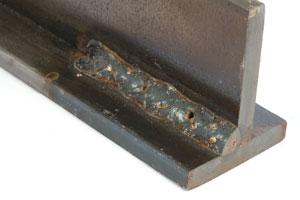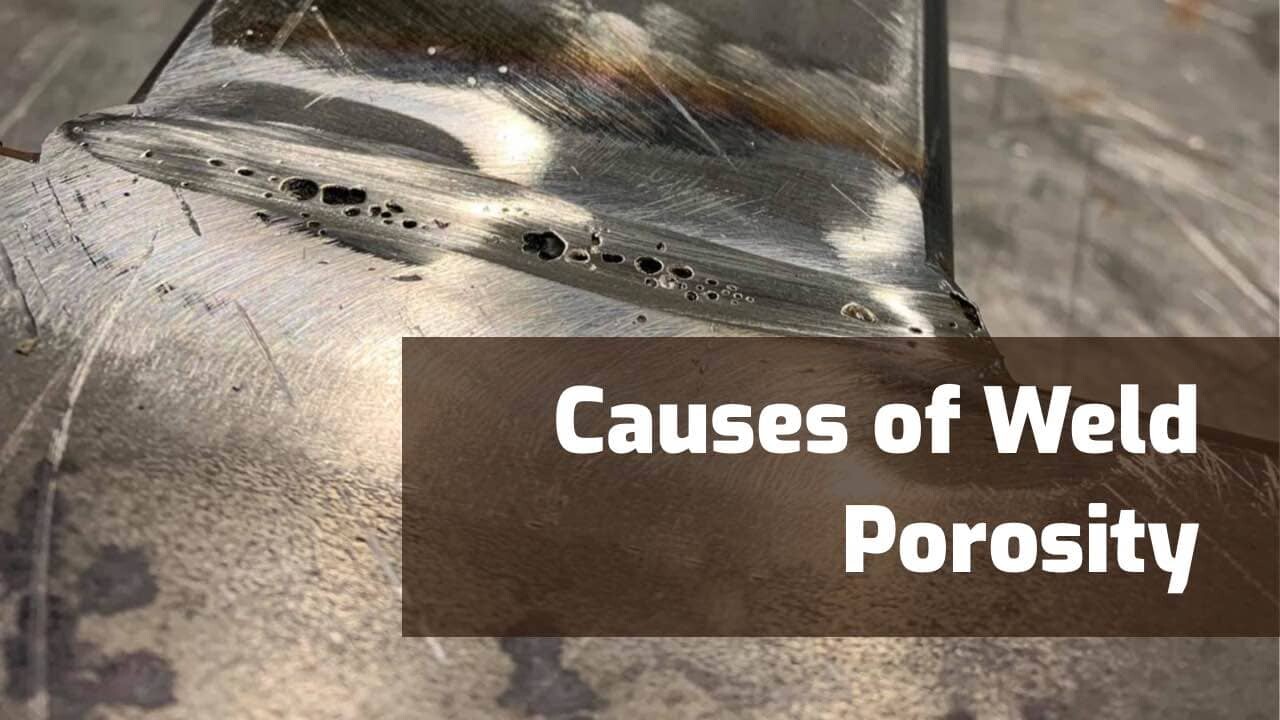Understanding Porosity in Welding: Exploring Causes, Impacts, and Prevention Methods
As experts in the welding market are well mindful, comprehending the causes, results, and prevention strategies connected to porosity is critical for attaining robust and reliable welds. By diving into the root creates of porosity, examining its damaging effects on weld top quality, and discovering efficient prevention methods, welders can boost their expertise and skills to produce high-quality welds constantly.
Typical Causes of Porosity
Contamination, in the form of dust, grease, or corrosion on the welding surface area, develops gas pockets when warmed, leading to porosity in the weld. Incorrect protecting happens when the shielding gas, typically utilized in processes like MIG and TIG welding, is unable to completely shield the molten weld swimming pool from responding with the bordering air, resulting in gas entrapment and succeeding porosity. Furthermore, poor gas insurance coverage, commonly due to wrong circulation rates or nozzle positioning, can leave components of the weld vulnerable, allowing porosity to create.
Impacts on Weld Top Quality
The presence of porosity in a weld can significantly jeopardize the general quality and integrity of the welded joint. Porosity within a weld creates spaces or cavities that deteriorate the structure, making it much more prone to cracking, corrosion, and mechanical failure.
Additionally, porosity can prevent the performance of non-destructive testing (NDT) methods, making it challenging to detect various other problems or gaps within the weld. This can bring about significant safety problems, particularly in vital applications where the structural integrity of the welded elements is critical.

Avoidance Techniques Overview
Offered the harmful influence of porosity on weld quality, effective avoidance strategies are vital to preserving the architectural stability of welded joints. Additionally, picking the appropriate welding criteria, such as voltage, existing, and travel rate, can help reduce the threat of porosity formation. By integrating these avoidance strategies right into welding practices, the event of porosity can be significantly decreased, leading to more powerful and a lot more trustworthy welded joints.
Value of Correct Shielding
Appropriate shielding in welding plays a crucial duty in stopping atmospheric contamination and making sure the honesty of welded joints. Securing gases, such as argon, helium, or a mix of both, are generally used to secure the weld swimming pool from reacting this website with components in the air like oxygen and nitrogen. When these responsive components come right into contact with the warm weld swimming pool, they can cause porosity, causing weak welds with decreased mechanical residential properties.

Poor protecting can result in numerous flaws like porosity, spatter, and oxidation, endangering the architectural integrity of the navigate here welded joint. Therefore, sticking to appropriate securing techniques is important to generate high-grade welds with marginal issues and make sure the longevity and dependability of the bonded elements (What is Porosity).
Monitoring and Control Techniques
Just how can welders properly keep an eye on and control the welding procedure to make certain optimum outcomes and prevent defects like porosity? this hyperlink By continuously keeping an eye on these variables, welders can recognize discrepancies from the perfect problems and make instant adjustments to stop porosity development.

Furthermore, implementing correct training programs for welders is necessary for keeping an eye on and controlling the welding process successfully. What is Porosity. Educating welders on the significance of preserving regular specifications, such as correct gas protecting and take a trip rate, can help protect against porosity concerns. Routine assessments and qualifications can also make sure that welders excel in monitoring and controlling welding processes
Additionally, making use of automated welding systems can enhance surveillance and control abilities. These systems can specifically regulate welding parameters, decreasing the chance of human error and guaranteeing consistent weld quality. By incorporating advanced surveillance innovations, training programs, and automated systems, welders can efficiently keep track of and regulate the welding procedure to reduce porosity problems and achieve premium welds.
Conclusion
